- The Tasuki gap candlestick pattern is a three-bar continuation pattern.
- The first two candles have a gap between them.
- The third candle then closes the gap between the first two candles.
Statistics to prove if the Tasuki Gap pattern really works
Are the odds of the Tasuki Gap pattern in your favor?
How does the Tasuki Gap behave with a 2:1 target R/R ratio?
From our research the Tasuki Gap pattern confirms 46.7% of the time on average overall all the 4120 markets we analysed. Historically, this patterns confirmed within 4.9 candles or got invalidated within 4.8 candles. If confirmed, it reached the 2:1 R/R target 39% of the time and it retested it's entry price level 95.9% of the time.
Not accounting for fees, it has an expected outcome of 0.17 $/$.
It means for every $100 you risk on a trade with the Tasuki Gap pattern you make $17 on average.
Want to account for your trading fees? Have the detailled stats for your favorite markets / timeframes? Or get the stats for another R/R than 2:1?
🚀 Join us now and get fine-tuned stats you care about!
How to handle risk with the Tasuki Gap pattern?
We analysed 4120 markets for the last 59 years and we found 17 228 occurrences of the Tasuki Gap pattern.
On average markets printed 1 Tasuki Gap pattern every 906 candles.
For 2:1 R/R trades, the longest winning streak observed was 11 and the longest losing streak was 15. A trading strategy relying solely on this pattern is not advised. Anyway, make sure to use proper risk management.
Keep in mind all these informations are for educational purposes only and are NOT financial advice.
If you want to learn more and deep dive into candlestick patterns performance statistics, I strongly recommend you follow the best available course about it. Joe Marwood (who's a famous trader with more than 45 000 Twitter followers) created an online course called "Candlestick Analysis For Professional Traders" in his Marwood Research University. There he will take you through the extensive backtesting of the 26 main candlestick patterns. He then summarizes which one is THE best pattern. Do you know which one it is?
Remember, don't trade if you don't know your stats. Click here to signup to the course now!
What is the Tasuki gap candlestick pattern?
The Tasuki gap candlestick pattern is a three-bar continuation pattern that can be an upside Tasuki gap or a downside Tasuki gap. The first two candles have a gap between them. The third candle then closes the gap between the first two candles.
Downside Tasuki Gap candlestick pattern
Downside Tasuki gap pattern is a bearish continuation pattern that occurs during an uptrend.
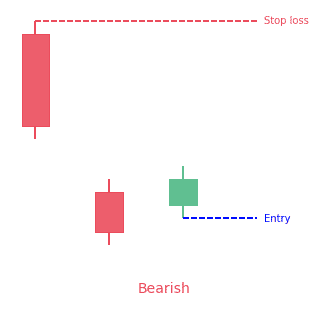
How to identify the downside pattern?
The downside Tasuki gap pattern is a very rare pattern that doesn’t appear very often. It has to meet the following conditions.
- The first and second candles must be bearish with tall real bodies.
- A negative or bearish gap must follow the first candle.
- The third candle must be a bullish one that tries to fill the gap between the first two candles. It must close right in the middle of the gap zone (close of the first candle and open of the second candle).
What does the downside Tasuki gap pattern tell traders?
The downside Tasuki gap pattern indicates that the current bearish pattern will continue after a short pullback. During the downtrend, the overall market sentiment is bearish that results in the creation of the first large bearish candle. The bearish sentiment continues to the second day creating again a bearish candle. In such circumstances, some participants think a buying opportunity because of the market’s severe downside movement. This slight shift in the sentiment gives rise to a third day’s bullish candle. However, the close of the third candle right in the middle of the gap zone indicates that the bears have stopped the market from going up and the bearish trend will not be over just yet.
Upside Tasuki gap pattern
The upside Tasuki gap pattern is a bullish pattern that occurs during an uptrend.

How to identify the upside pattern?
Just like the downside Tasuki gap, the upside Tasuki gap is also a very rare candlestick pattern that doesn’t appear very often. A pattern has to meet the following conditions to be a downside Tasuki gap pattern.
- The first and second candles must be bullish candles with tall real bodies.
- There must be an upside gap between the first two candles.
- The third candle must be a bearish candle that tries to fill the gap between the first two candles. It closes just in the middle of the gap zone.
What does the upside Tasuki gap pattern tell traders?
The upside Tasuki gap pattern indicates that the current bullish trend will continue. During the uptrend, the first tall bullish candle appears that shows the strength of the bulls. The overall market sentiment remains positive and spills over to the next trading session creating an upside gap and a second bullish candle. At this stage, most of the market participants think that the market may go for a correction after such a long uptrend because of the overbought condition. Hence, a third bearish candle appears but fails to close the upside gap. It indicates that the bears failed to take back the control from the bulls and the upward movement of the market will continue.
How does the Tasuki Gap pattern look in real life?
Looking to learn more about this pattern?
You should take a look at Joe Marwood's online course. In his course, he backtested the 26 main candlestick patterns before to summarize which one is THE best pattern. I really liked his course and you shouldn't miss it!
Click here to signup to his "Candlestick Analysis For Professional Traders" course now!
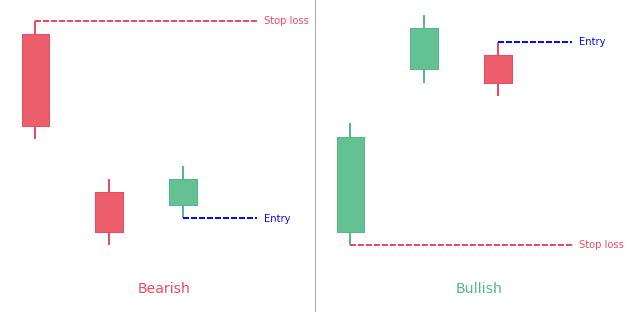
 Good Trading requires the Best Charting Tool!
Good Trading requires the Best Charting Tool!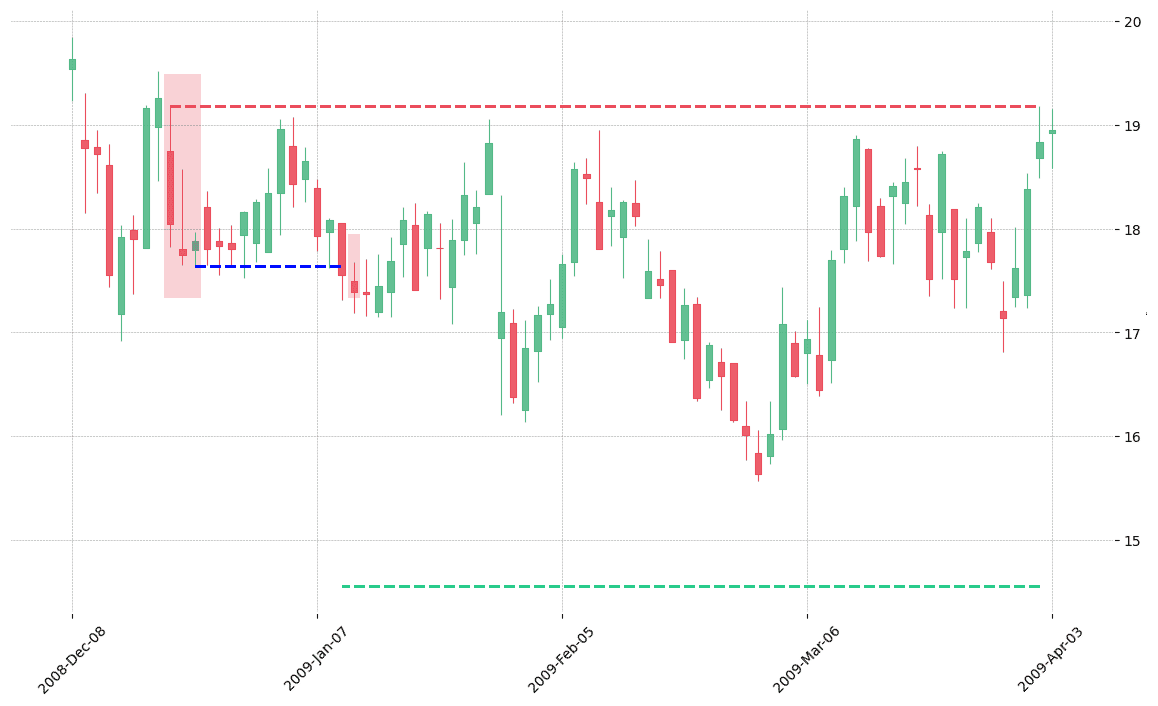
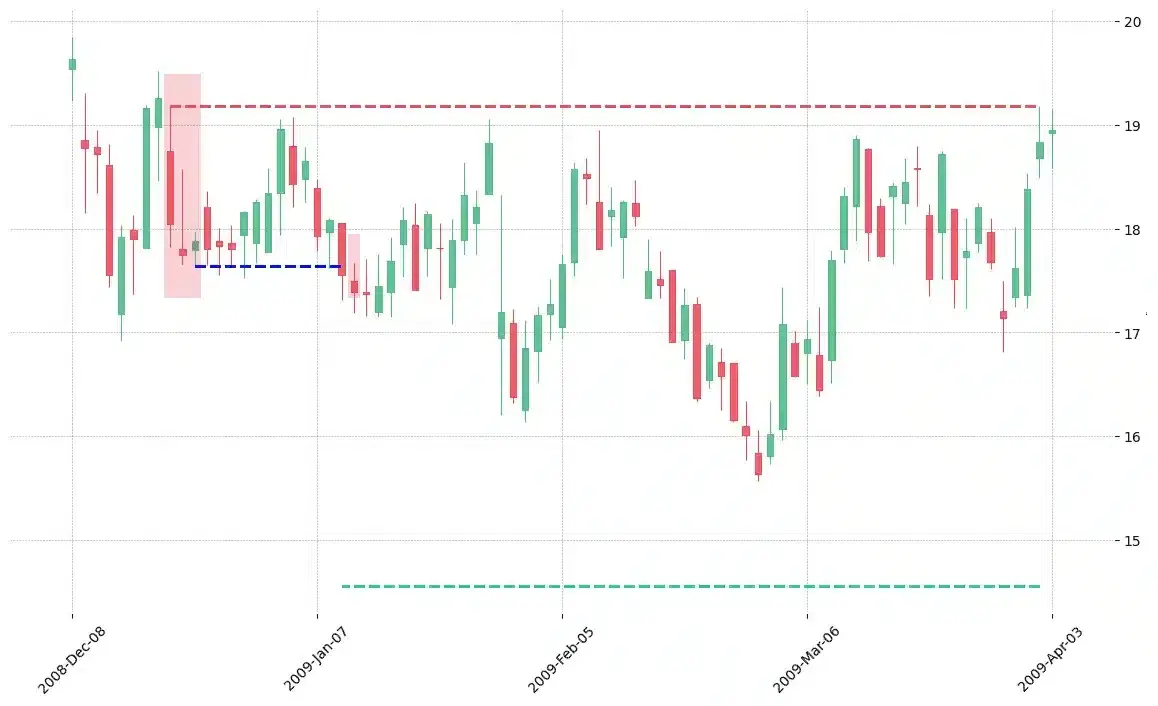
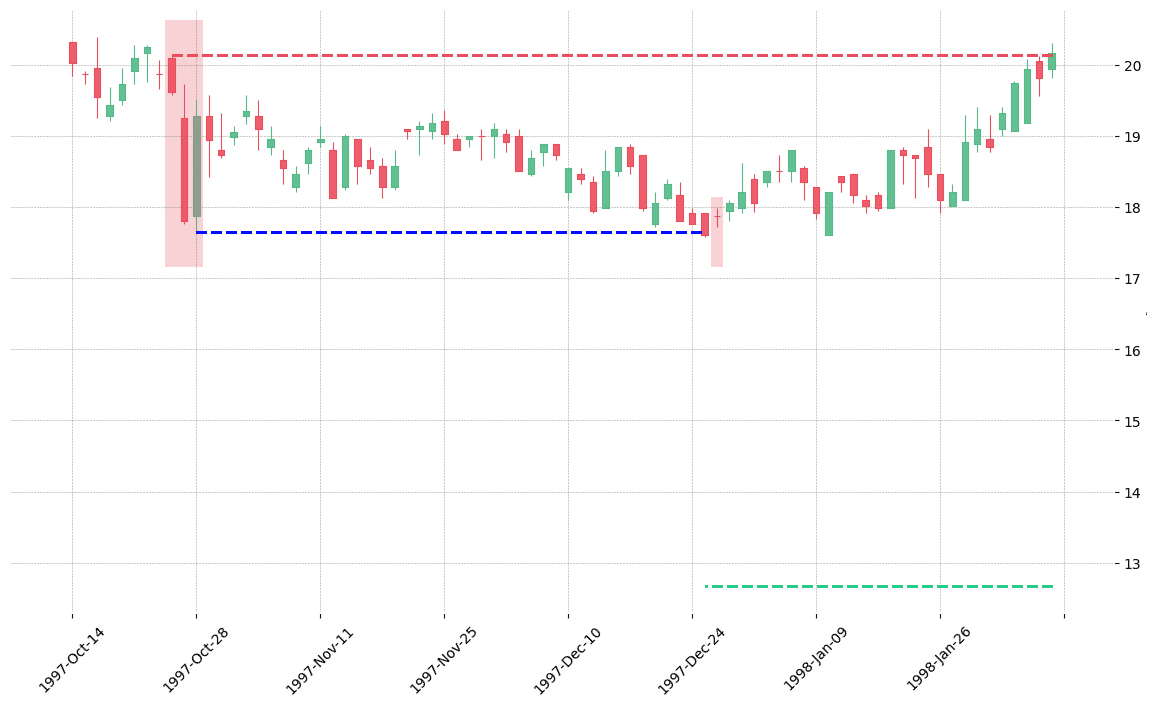
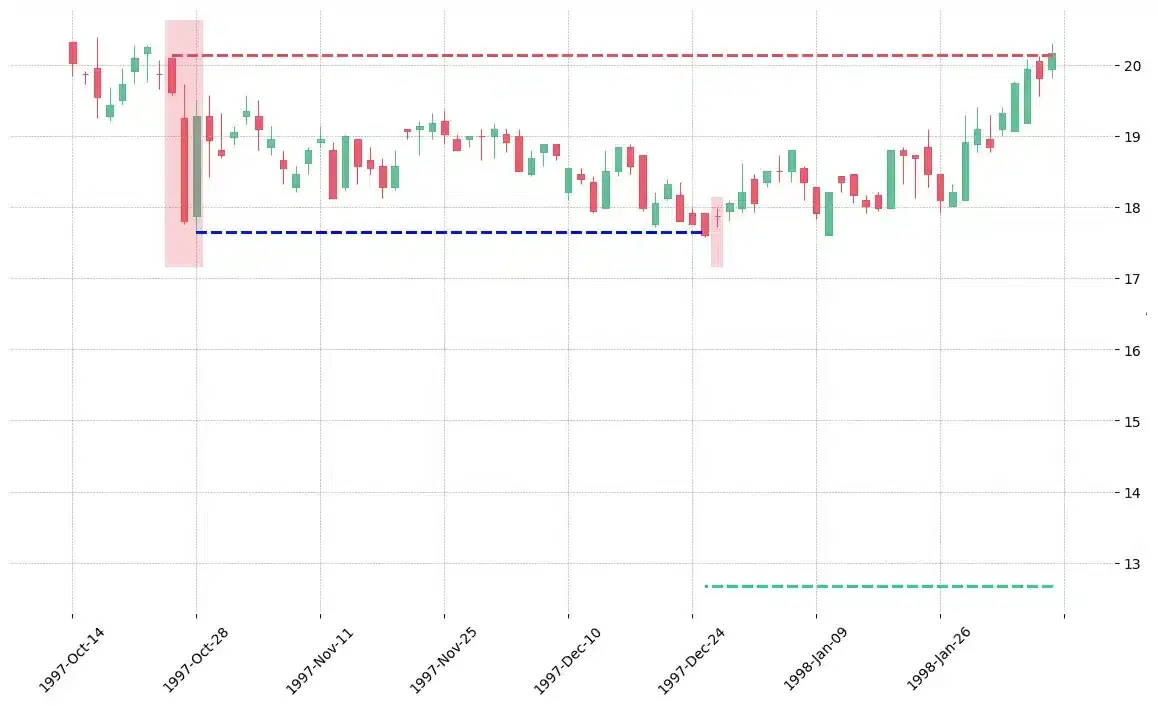
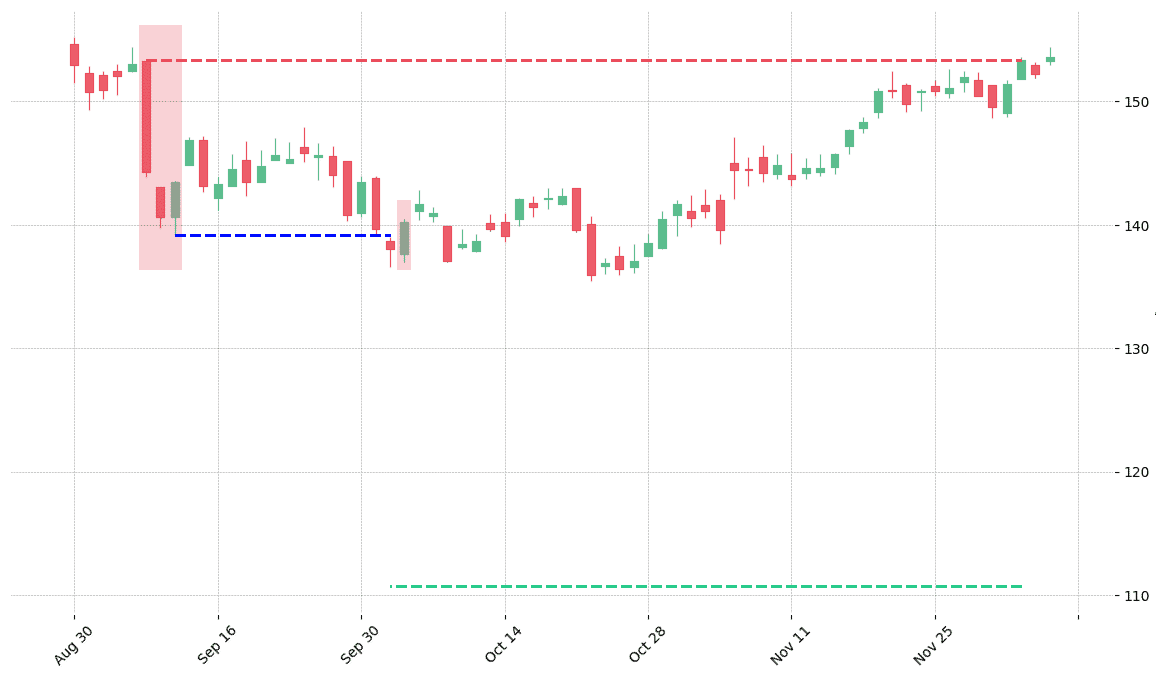
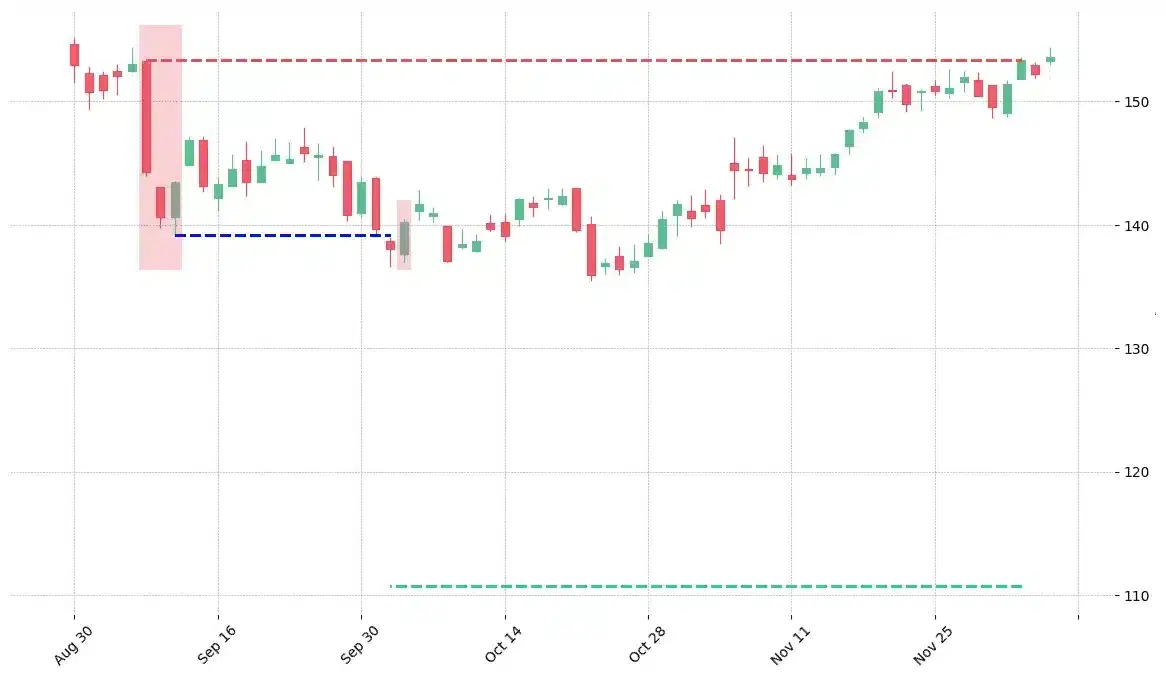


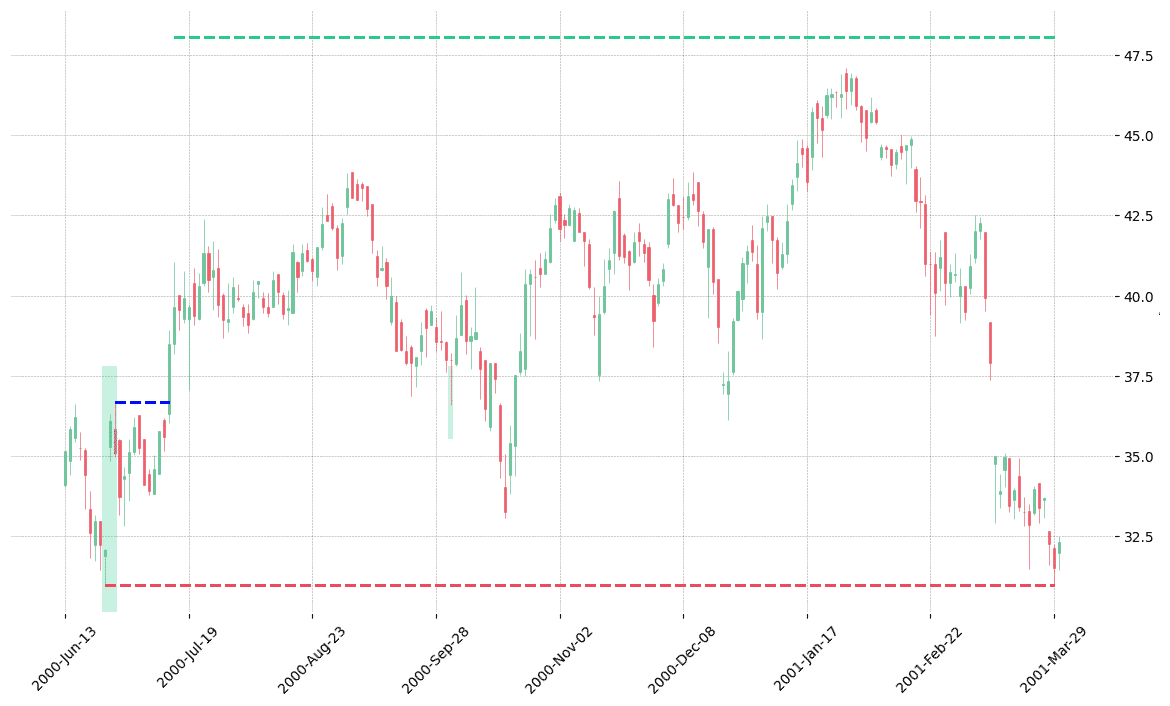
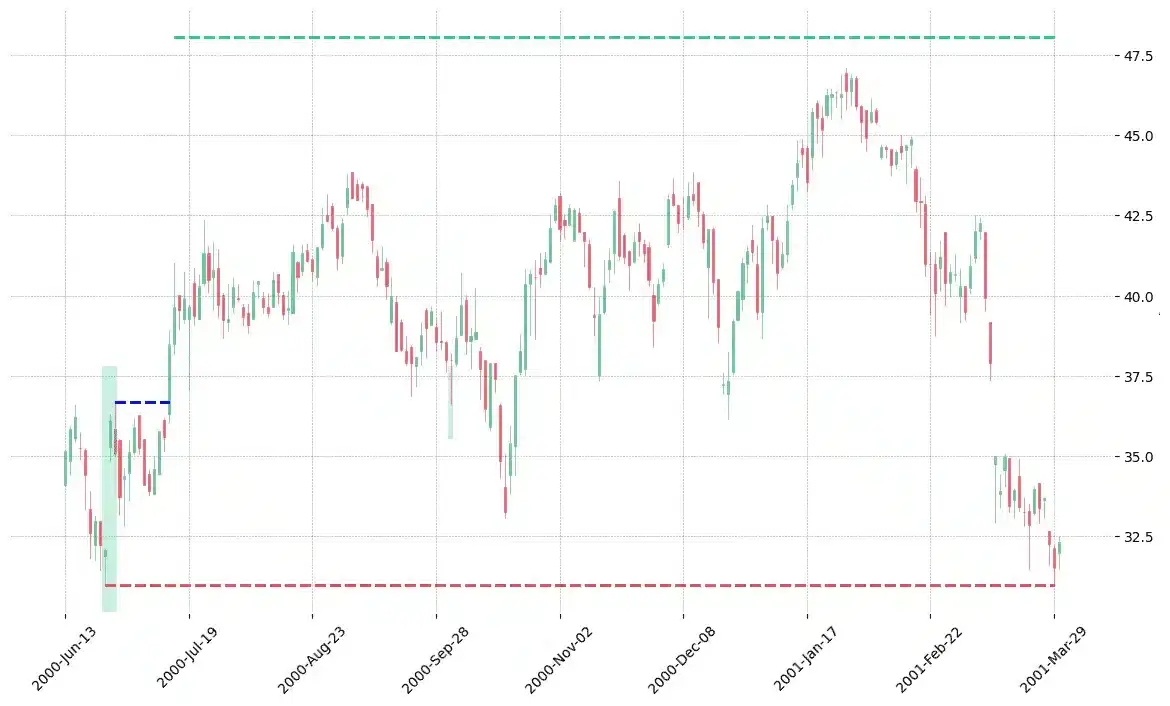
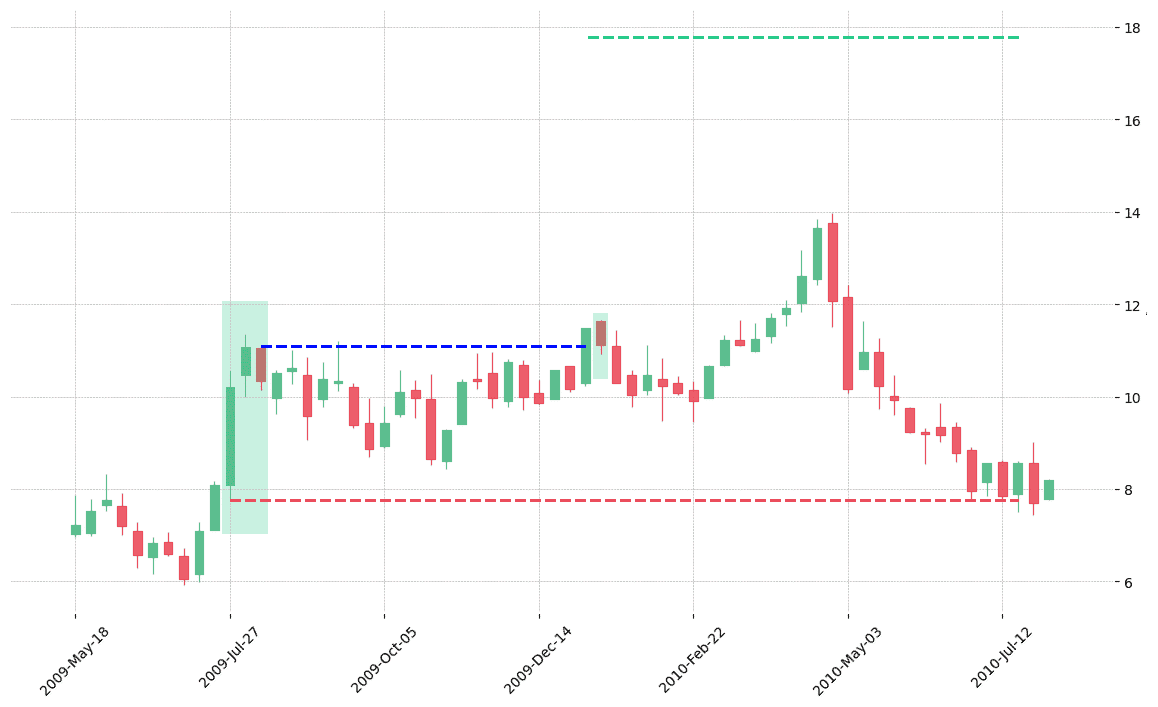
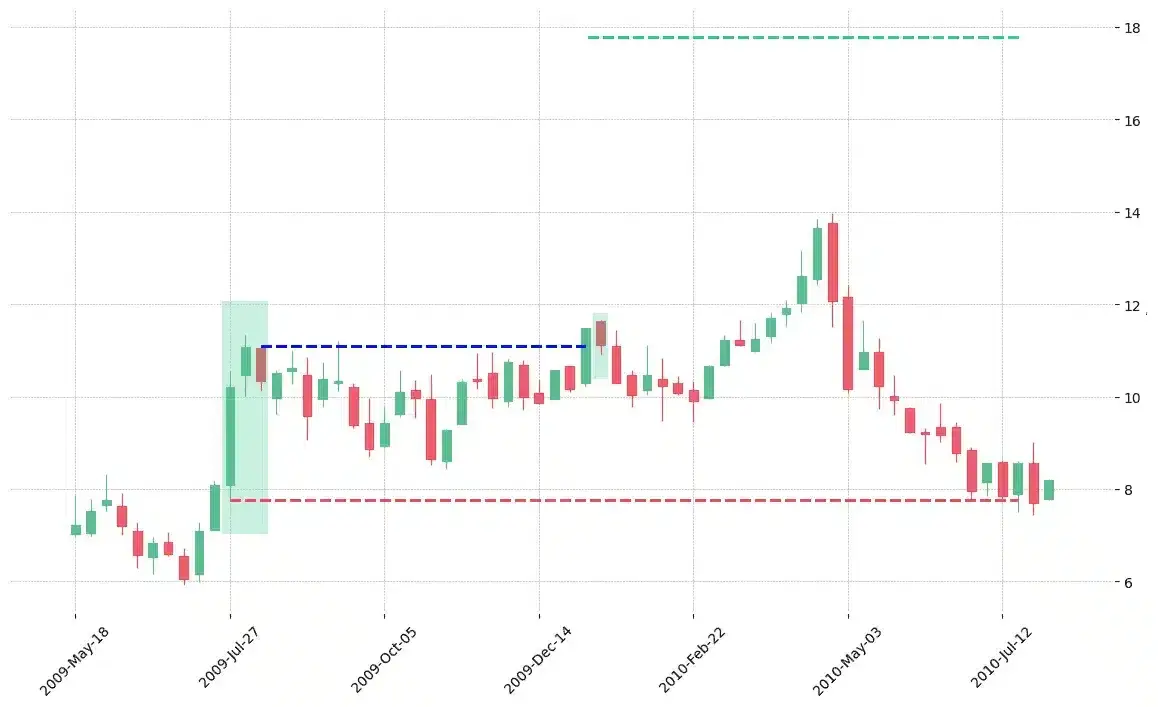
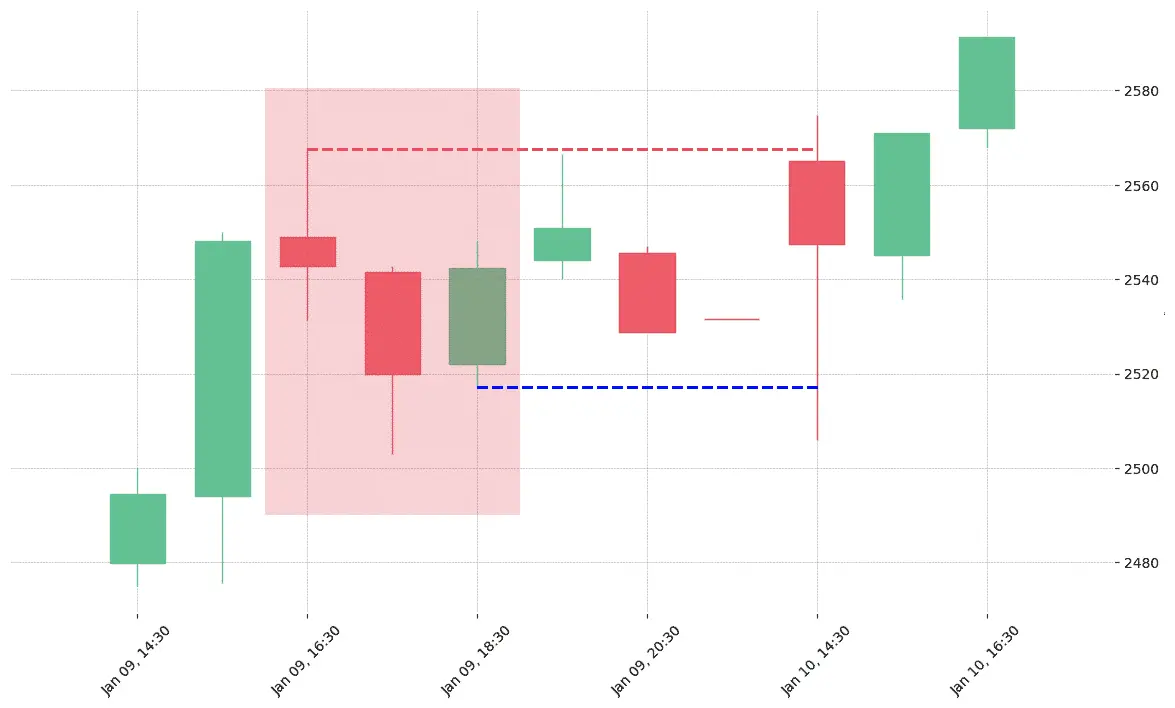
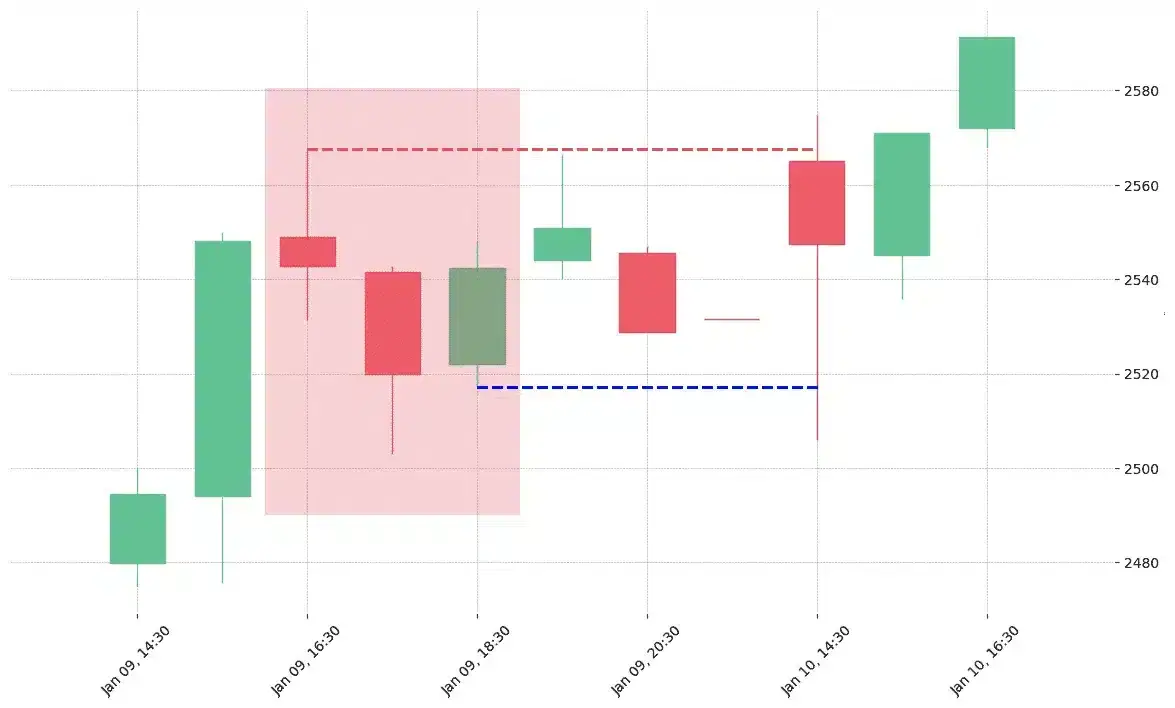
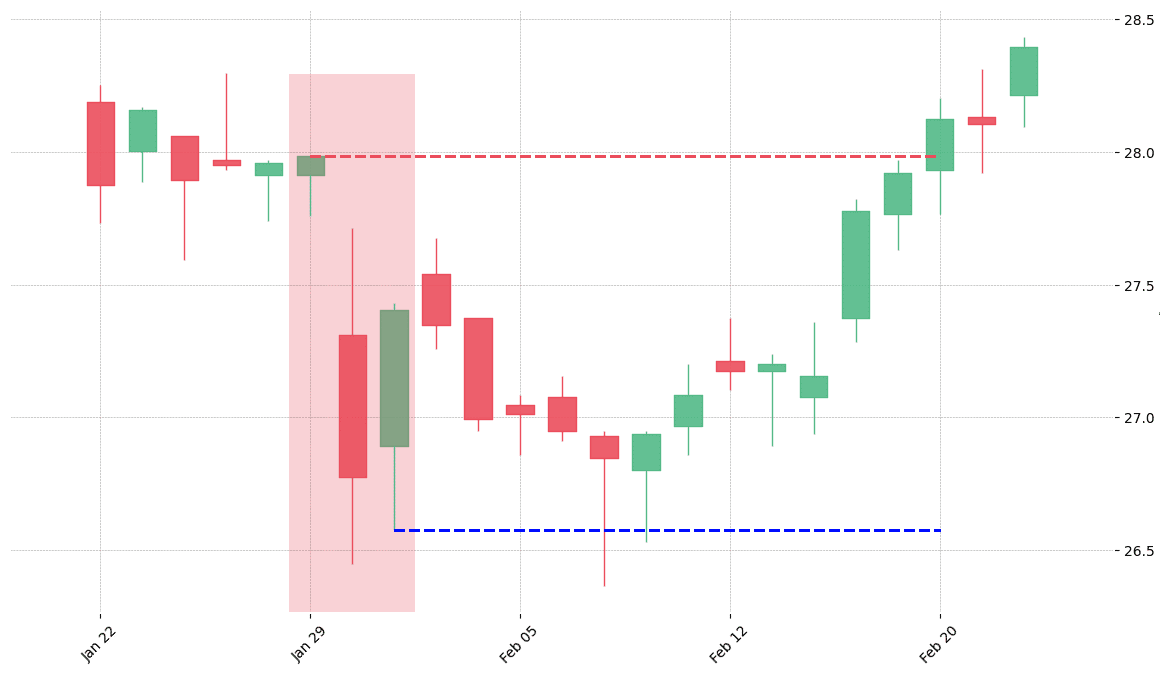

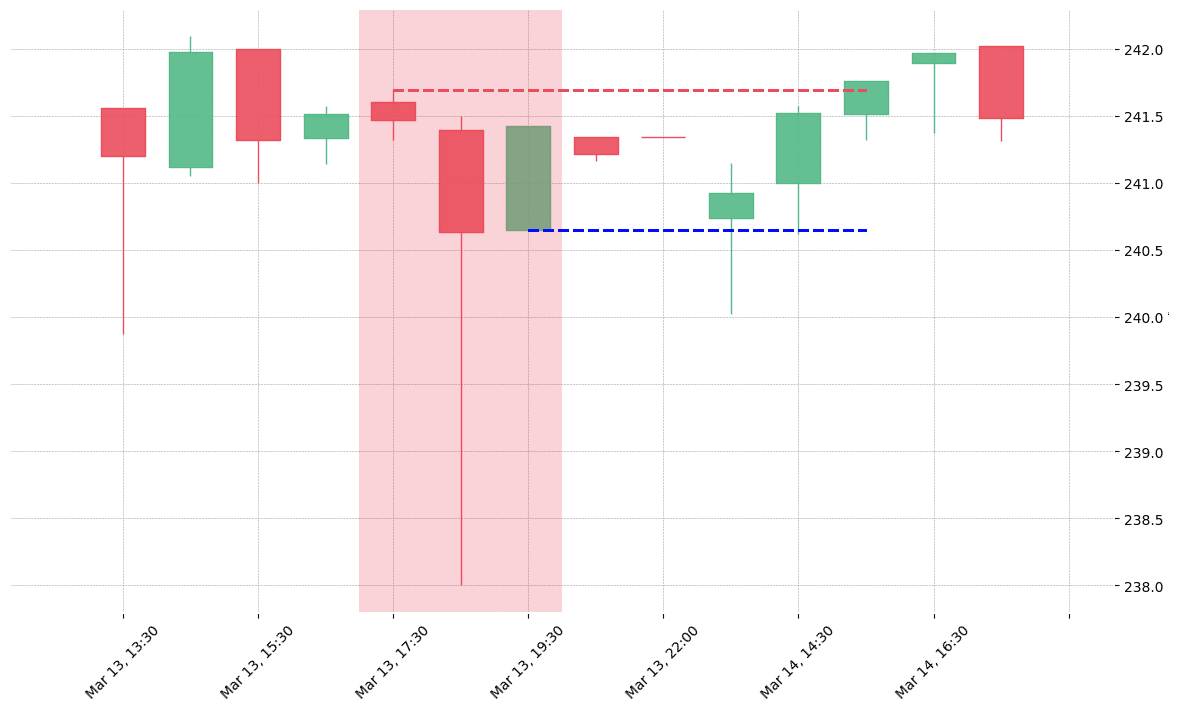
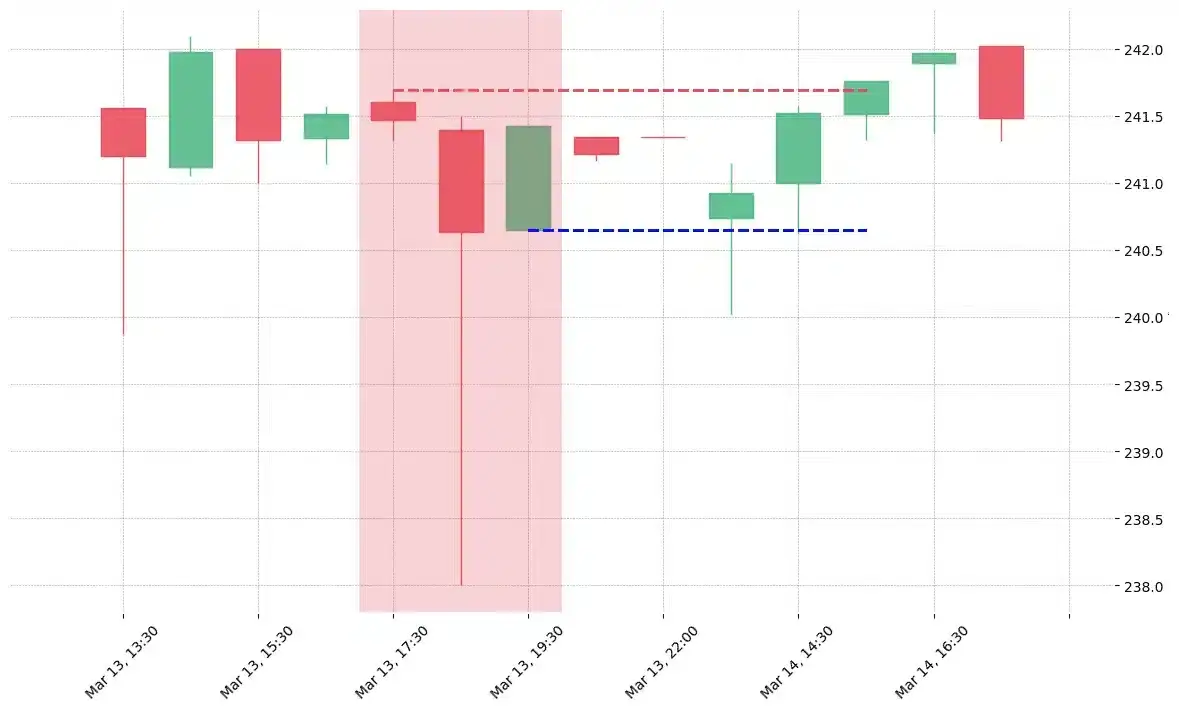


 We loved Marwood Research’s course “Candlestick Analysis For Professional Traders“. Do you want to follow a great video course and deep dive into 26 candlestick patterns (and compare their success rates)? Then make sure to check this course!
We loved Marwood Research’s course “Candlestick Analysis For Professional Traders“. Do you want to follow a great video course and deep dive into 26 candlestick patterns (and compare their success rates)? Then make sure to check this course!